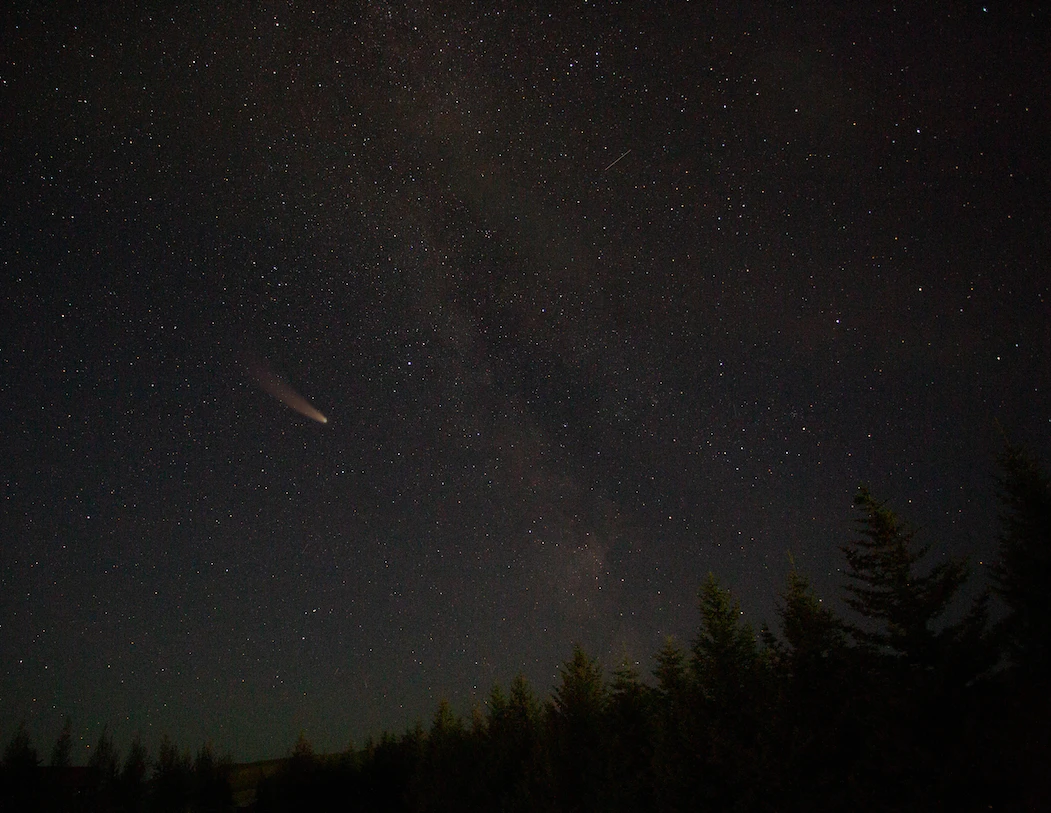Asteroid 101: The compositional classification
In our solar system, asteroids are small, rocky objects that orbit the sun. Asteroids must be researched in order to comprehend the origin and evolution of our solar system, identify potential risks to Earth, and assess resources for further exploration. Additionally, asteroids are from where most meteorites originate. Pieces of an asteroid that are shattered by gravitational forces or collisions with other objects may break off and form meteorites.
Asteroids can be classified based on various criteria such as composition, spectral characteristics, size, orbit, shape, and surface features, and their position in the solar system. This article highlights the classification solely based on the composition of asteroids. This divides the rocky objects into five main classses:
- Stony (S-type) asteroids: These asteroids are made up of silicate minerals, such as pyroxene and olivine, and metallic iron. They are typically lighter in color and have higher reflectance in visible light.
- Carbonaceous (C-type) asteroids: These are the most common type of asteroid and are believed to be made up of carbon-rich materials, such as clay, organic matter, and hydrated minerals. They are usually dark in color and have low reflectance in visible light.
- Metallic (M-type) asteroids: These are made up of mostly nickel and iron and are relatively rare. They are typically highly reflective in visible light and are often associated with metallic meteorites.
- Stony-iron (P-type) asteroids: These asteroids are made up of a mixture of silicate minerals and metallic iron. They are relatively rare and are associated with stony-iron meteorites.
- Primitive (D-type) asteroids: These are rare type of asteroids that are believed to have undergone little to no processing or differentiation. They are often dark in color and have low reflectance in visible light.
References and Further Reading:
- Gradie, J. C., Chapman, C. R., & Tedesco, E. F. (1989). Distribution of taxonomic classes and the compositional structure of the asteroid belt. Asteroids II, 316-335.
- Hiroi, T., Pieters, C. M., Rutherford, M. J., Zolensky, M. E., Sasaki, S., Ueda, Y., & Miyamoto, M. (2004, March). What are the P-type asteroids made of?. In Lunar and Planetary Science Conference (p. 1616).
- Bell, J. F., Hawke, B. R., & Gaffey, M. J. (1984, March). Composition of the D-type asteroids derived from infrared spectrophotometry. In LUNAR AND PLANETARY SCIENCE XV, P. 46-47. Abstract. (Vol. 15, pp. 46-47).

